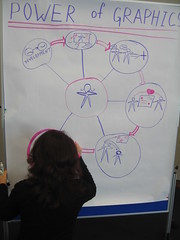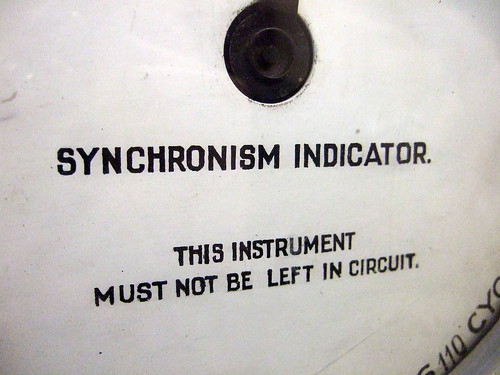 Having been in the “online community” world since around 1997, I have seen “community” ebb and flow. What is different this time around is the credibility that is given to those talented individuals who help steward, facilitate, care, lead, host, cajole and even “manage” online communities. While we can quibble for hours about the definition of online community (and what is or isn’t a community), the role of supporting these things finally has arrived with legitimacy. (That means people sometimes actually get PAID to do the work! Amazing!)
Having been in the “online community” world since around 1997, I have seen “community” ebb and flow. What is different this time around is the credibility that is given to those talented individuals who help steward, facilitate, care, lead, host, cajole and even “manage” online communities. While we can quibble for hours about the definition of online community (and what is or isn’t a community), the role of supporting these things finally has arrived with legitimacy. (That means people sometimes actually get PAID to do the work! Amazing!)
In my work, I am finally seeing people budget for this role – even in tough economic times. “Build it and they will come” has finally come and gone and people have gotten serious about the strategic use of online groups, communities and networks and thus are willing to invest in their care and feeding.
What is happening with online community management where you work/play? Is the role legitimate? In what fields? What kind of value is placed on the role/job?
 I have fallen deeply in love with graphic facilitation and graphic recording at face to face events. As the person doing the graphics, I listen much more deeply. That is saying something for someone who often talks a lot. But more than that, I have found that images are:
I have fallen deeply in love with graphic facilitation and graphic recording at face to face events. As the person doing the graphics, I listen much more deeply. That is saying something for someone who often talks a lot. But more than that, I have found that images are:
 Who asked if Twitter had any value? Well, I just got a yummy sounding recipe via Twitter from the famous
Who asked if Twitter had any value? Well, I just got a yummy sounding recipe via Twitter from the famous  As part of my “gear up” for Australia,
As part of my “gear up” for Australia,